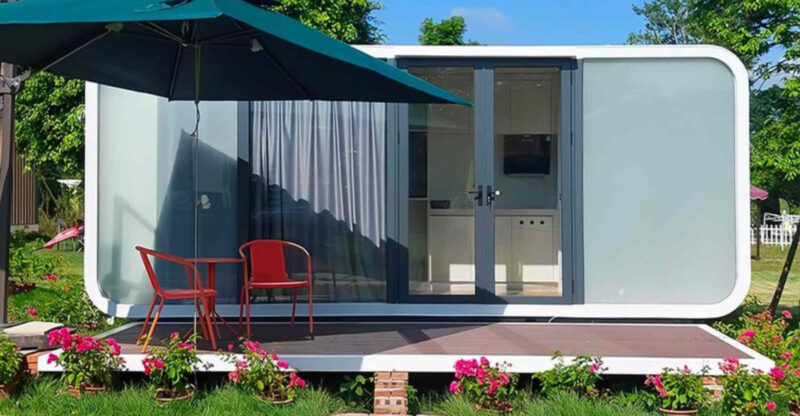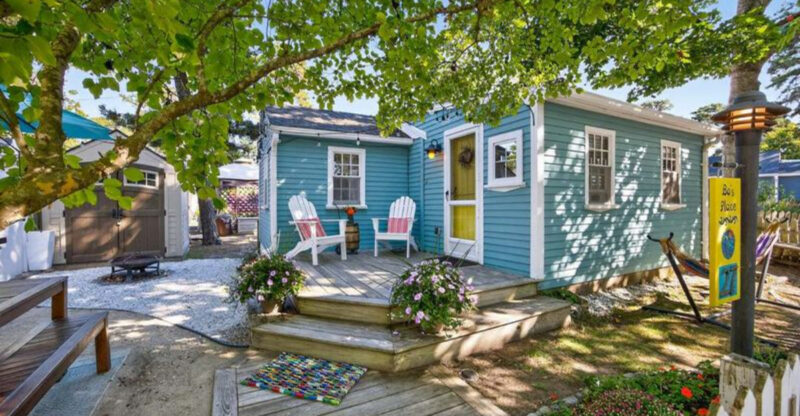12 Problems Tiny Home Owners In Colorado Face

Tiny living promises freedom, but it also demands resilience. In Colorado, the dream meets reality amid sweeping mountain views and unpredictable weather.
Downsizing brings peace and connection to nature, yet the logistics – finding legal land, managing utilities, and enduring frigid winters – require grit and ingenuity. The lifestyle rewards those who crave simplicity and self-reliance, transforming every challenge into part of the adventure.
1. Zoning And Land Use Restrictions
Finding legal land to park a tiny home in Colorado can feel like solving a puzzle. Many counties classify tiny homes differently, and some zones only allow traditional dwellings of certain minimum square footage.
Rural areas might offer more flexibility, but urban locations often have strict residential codes. Researching local ordinances before purchasing land could save significant headaches down the road.
2. Building Codes And Permitting Variability
Each Colorado county handles tiny home permits differently, creating a patchwork of regulations. What passes inspection in Boulder County might not meet standards in El Paso County.
Some jurisdictions follow RV codes, while others require full residential building permits. Navigating this inconsistency demands patience and thorough research with local building departments before construction begins.
3. Parking And Foundation Requirements
Deciding between wheels and a permanent foundation impacts where a tiny home can legally sit. Wheeled versions might be classified as RVs, limiting long-term parking options in many neighborhoods.
Permanent foundations require proper permits and meet frost line depths, which vary across Colorado’s elevation zones. Understanding these distinctions helps avoid costly mistakes.
4. Water Rights And Well Permits
Colorado’s complex water rights laws can surprise tiny home owners seeking off-grid living. Drilling a well requires permits, and water rights don’t automatically come with land ownership.
Senior water rights holders may have priority during drought conditions. Investigating existing water rights and permit availability before purchasing property protects against future water access problems.
5. Septic Systems And Composting Toilet Rules
Waste management regulations vary widely depending on county health departments. Traditional septic systems can cost thousands to install and may not be practical for all tiny home locations.
Composting toilets offer alternatives, but some jurisdictions prohibit them or require specific certifications. Checking local health department rules early prevents unpleasant surprises.
6. Winterization Snow Load And Insulation Demands
Colorado winters test tiny home construction with heavy snow loads and subzero temperatures. Roofs must withstand significant weight, especially in mountain communities receiving hundreds of inches annually.
Proper insulation becomes critical when heating small spaces efficiently. Spray foam, radiant barriers, and quality windows help maintain comfort without skyrocketing propane or electric bills.
7. Road Access And Snow Removal Challenges
Remote properties offering affordable land often come with difficult access roads. Steep grades and narrow passages can make towing a tiny home treacherous, especially during winter months.
County snow removal services may not reach private roads, requiring owners to handle plowing themselves. Evaluating road conditions year-round prevents getting stranded during snowstorms.
8. Utility Hookups Power Propane And Internet
Connecting to municipal utilities can be expensive or impossible in rural Colorado locations. Running electric lines to remote properties might cost tens of thousands of dollars.
Solar power systems with battery backup offer independence but require significant upfront investment. Reliable internet access remains challenging in mountain areas, affecting remote work possibilities.
9. Financing Appraisals And Mortgage Alternatives
Traditional mortgages rarely cover tiny homes since they don’t meet conventional lending standards. Banks struggle to appraise properties under 400 square feet or classify them as personal property rather than real estate.
RV loans, personal loans, or cash purchases become necessary alternatives. Higher interest rates and shorter terms can make financing more expensive.
10. Insurance Coverage And Classification Issues
Finding appropriate insurance for tiny homes creates confusion since standard homeowners policies often don’t apply. Whether classified as an RV, manufactured home, or unique dwelling affects coverage options and premiums.
Specialty insurers offer tiny home policies, but they may cost more than expected. Comparing multiple providers and understanding coverage limitations protects investments properly.
11. HOA Covenants And Community Rules
Homeowners associations frequently prohibit tiny homes through minimum square footage requirements or architectural guidelines. Covenant restrictions can prevent placement even on privately owned land within HOA boundaries.
Some communities are developing tiny home-friendly neighborhoods, but options remain limited. Reading all covenants thoroughly before purchasing property within HOA jurisdiction avoids legal conflicts.
12. Resale Value And Long Term Viability
Selling a tiny home in Colorado can prove challenging due to limited buyer pools and unclear market values. Depreciation often follows RV patterns rather than appreciating like traditional real estate.
Location, construction quality, and legal compliance significantly impact resale potential. Understanding the niche market and building with quality materials helps maintain value over time.






